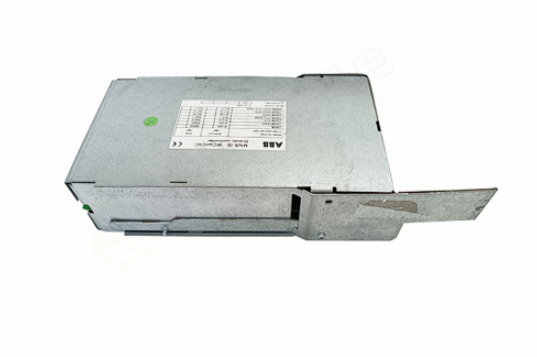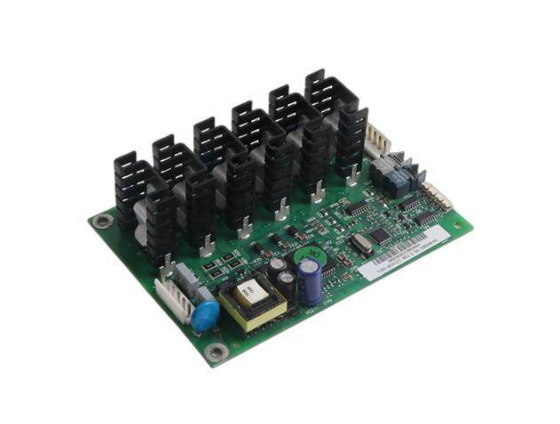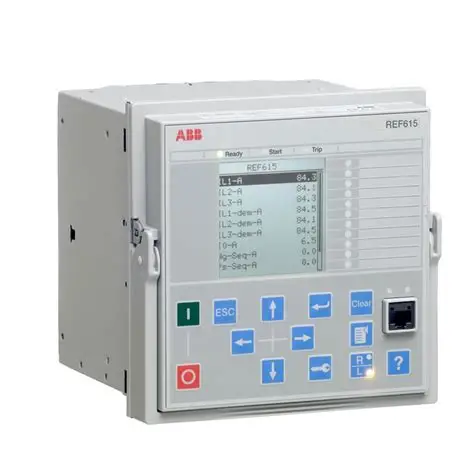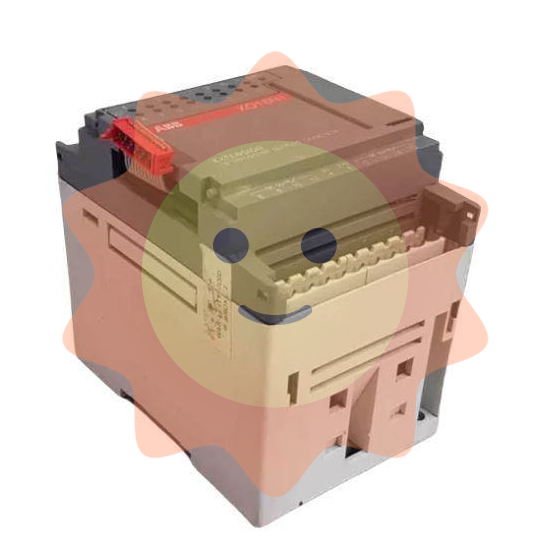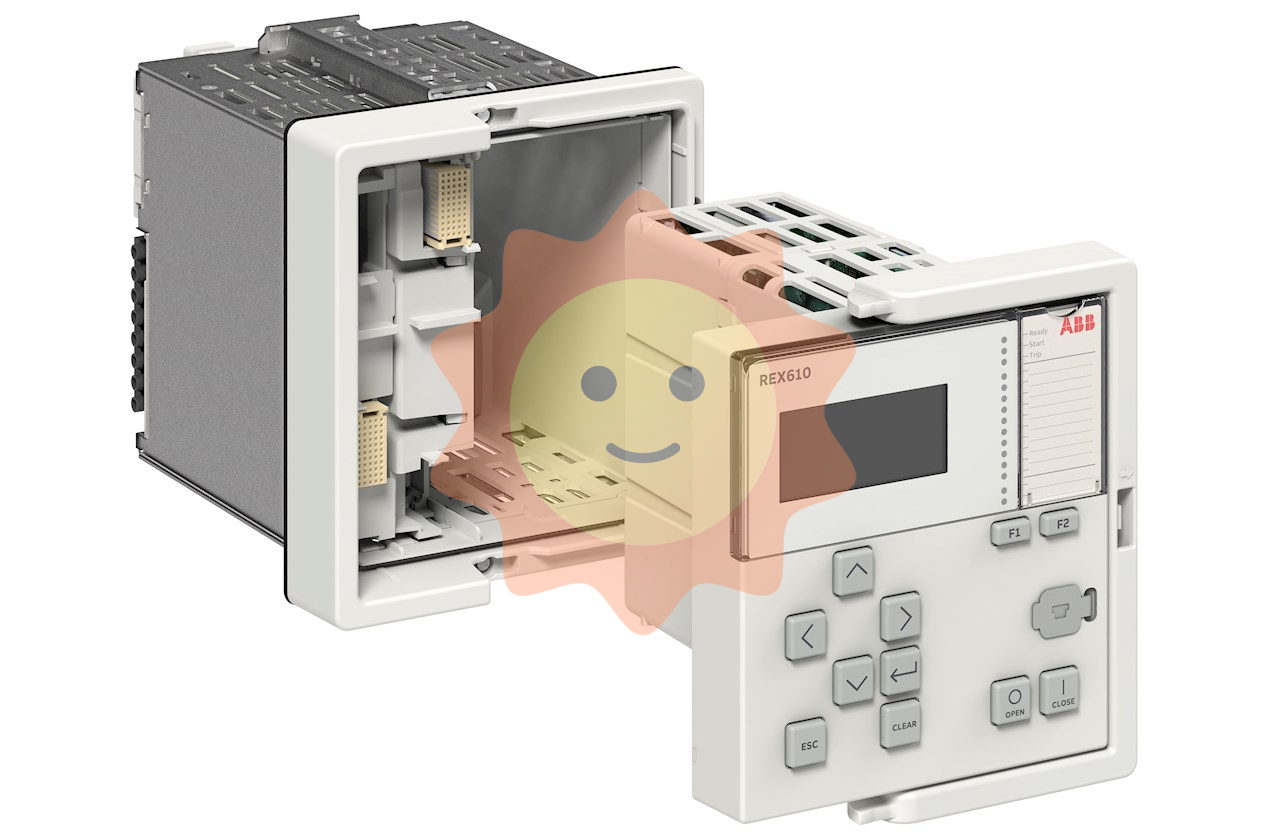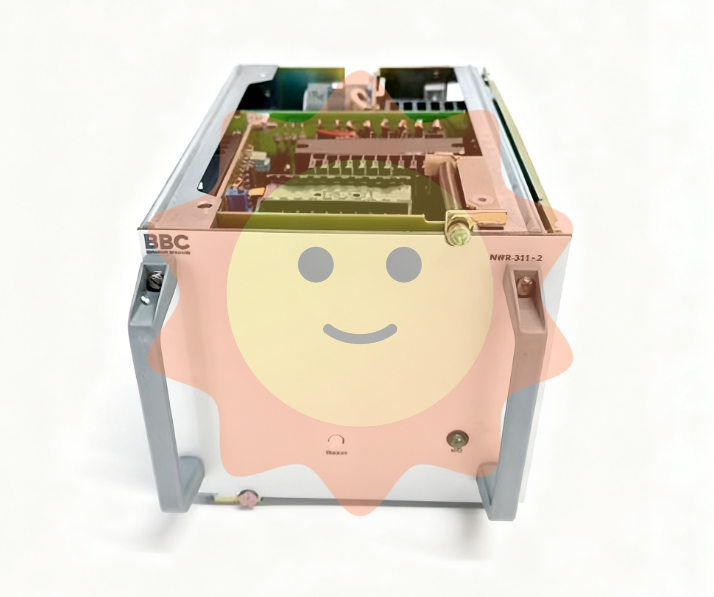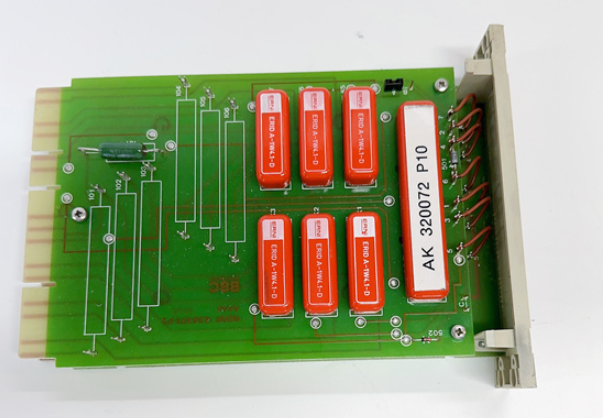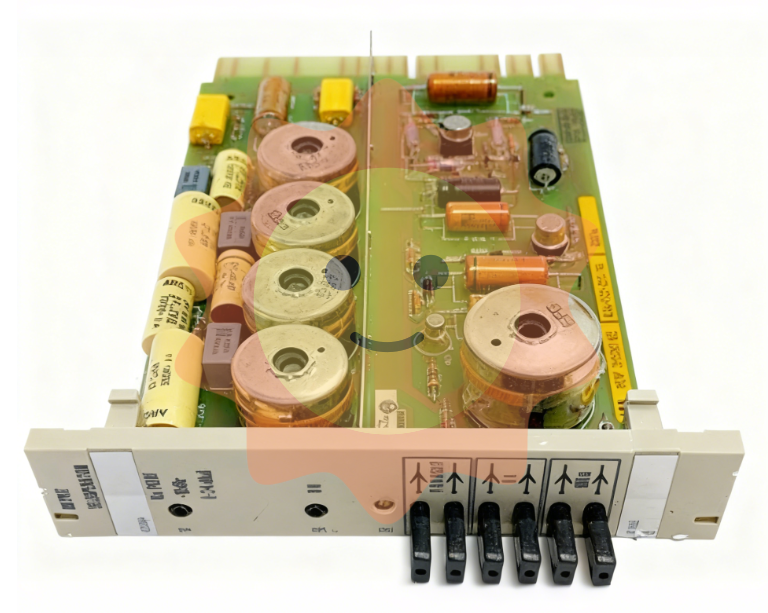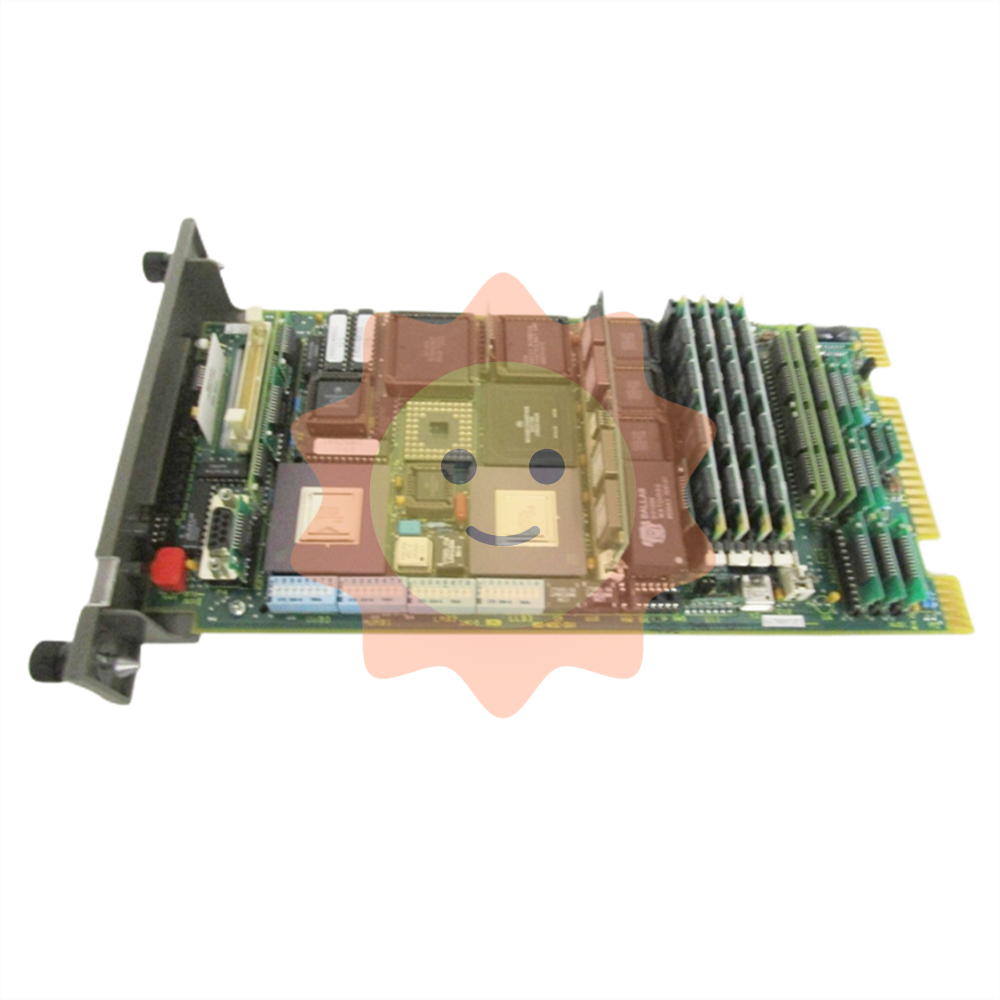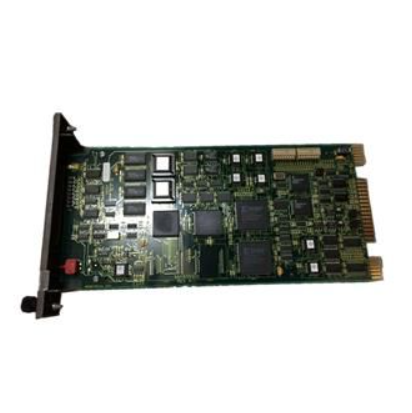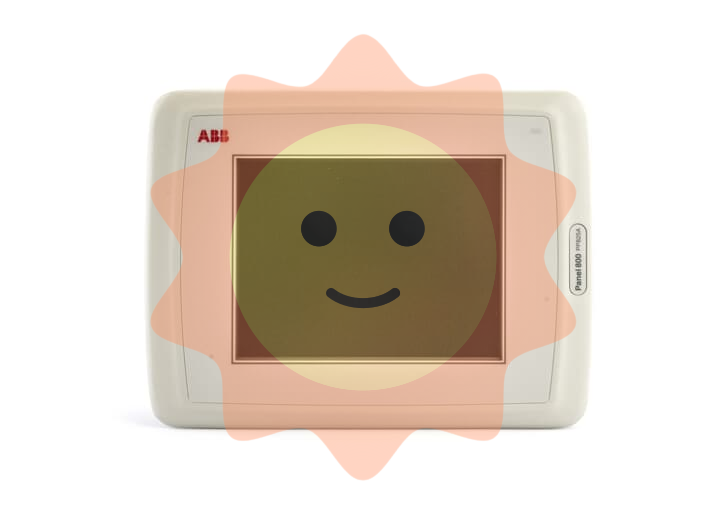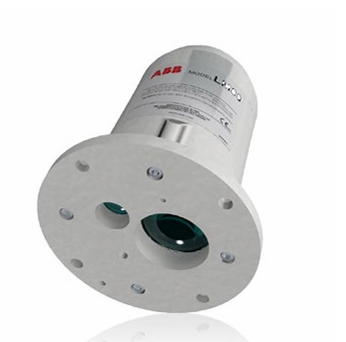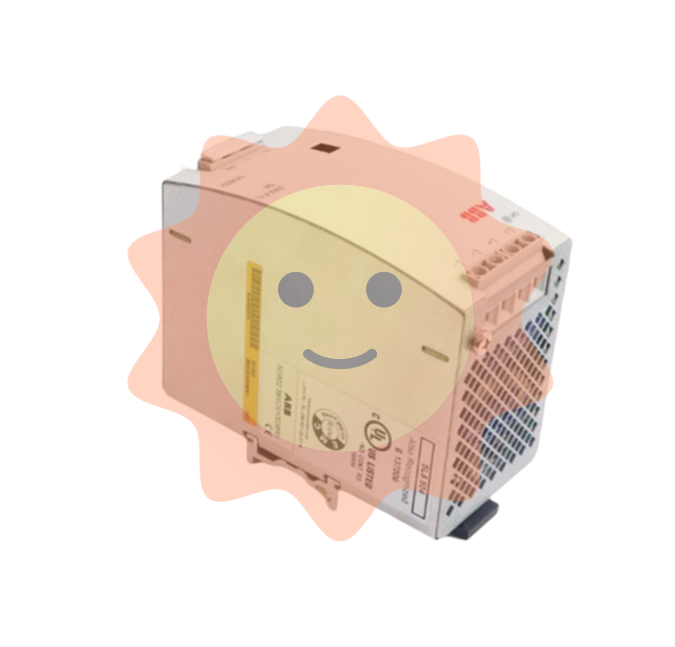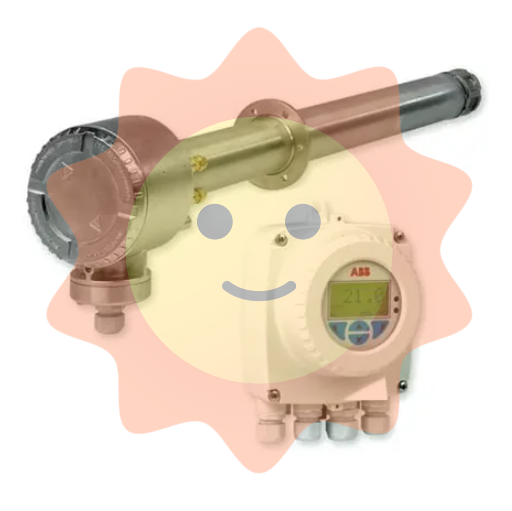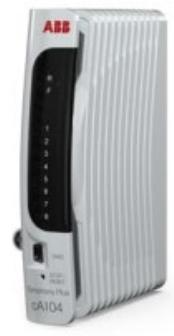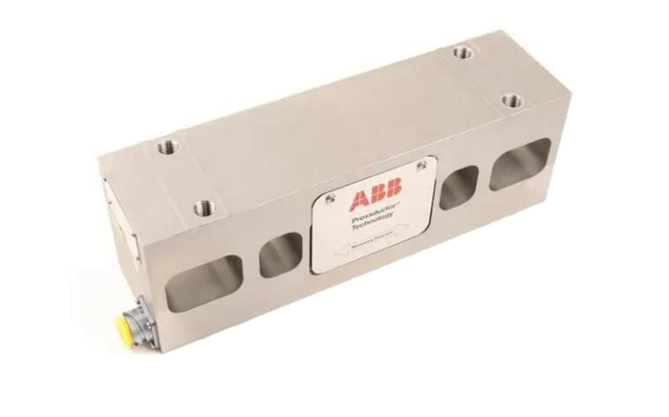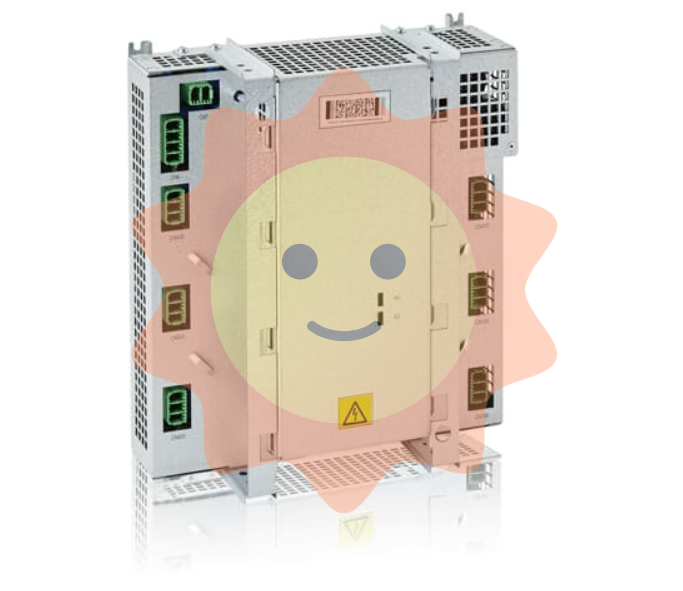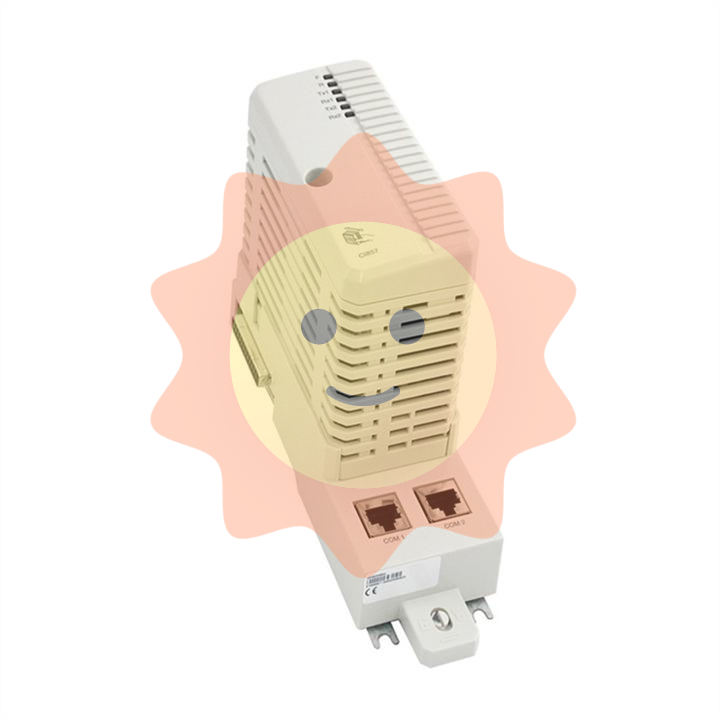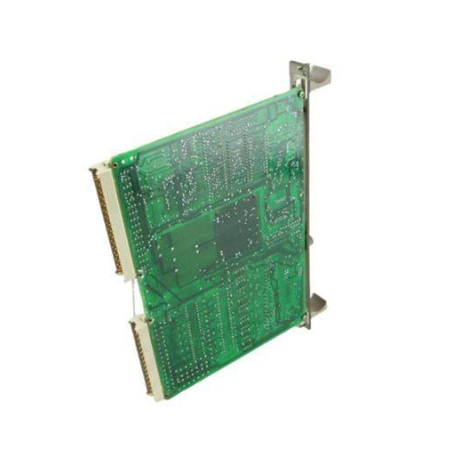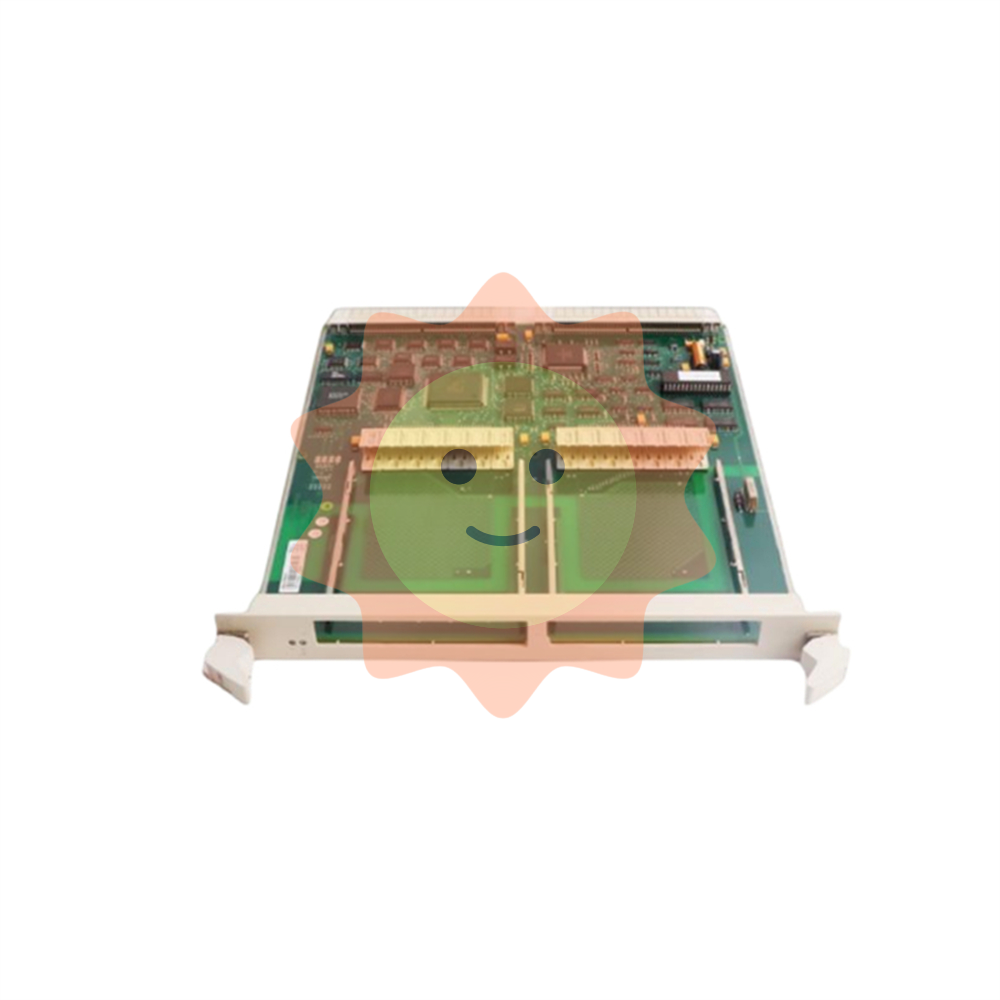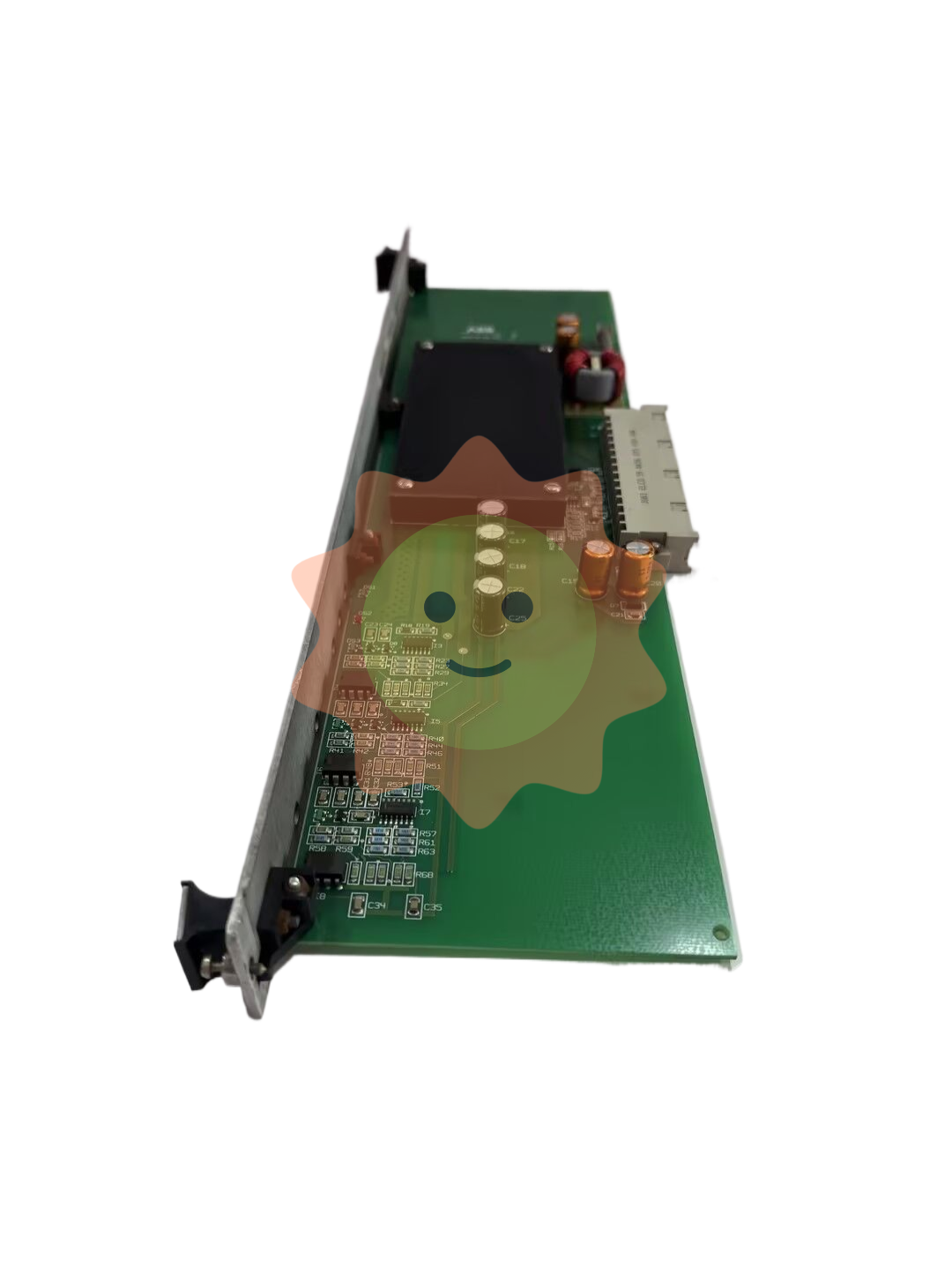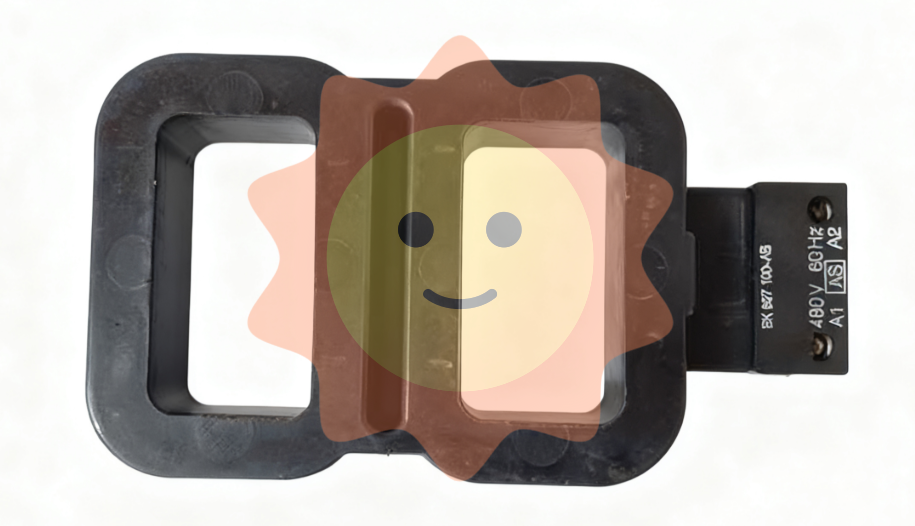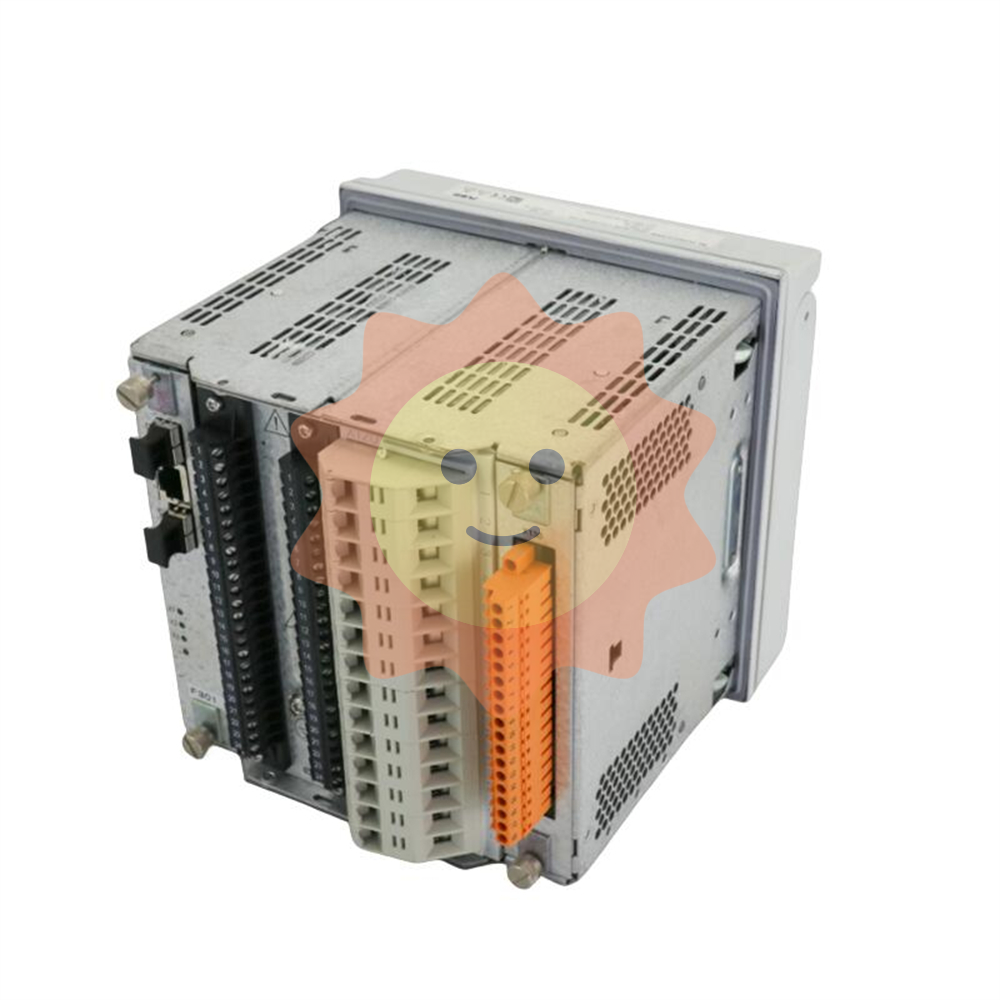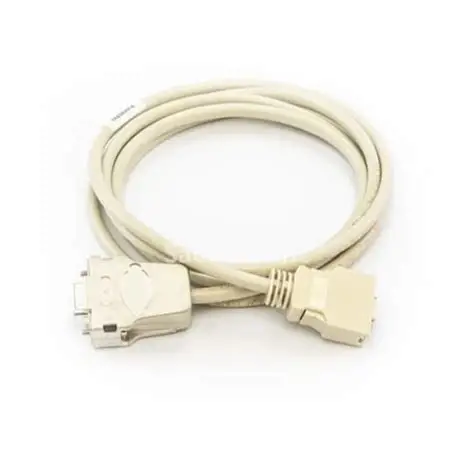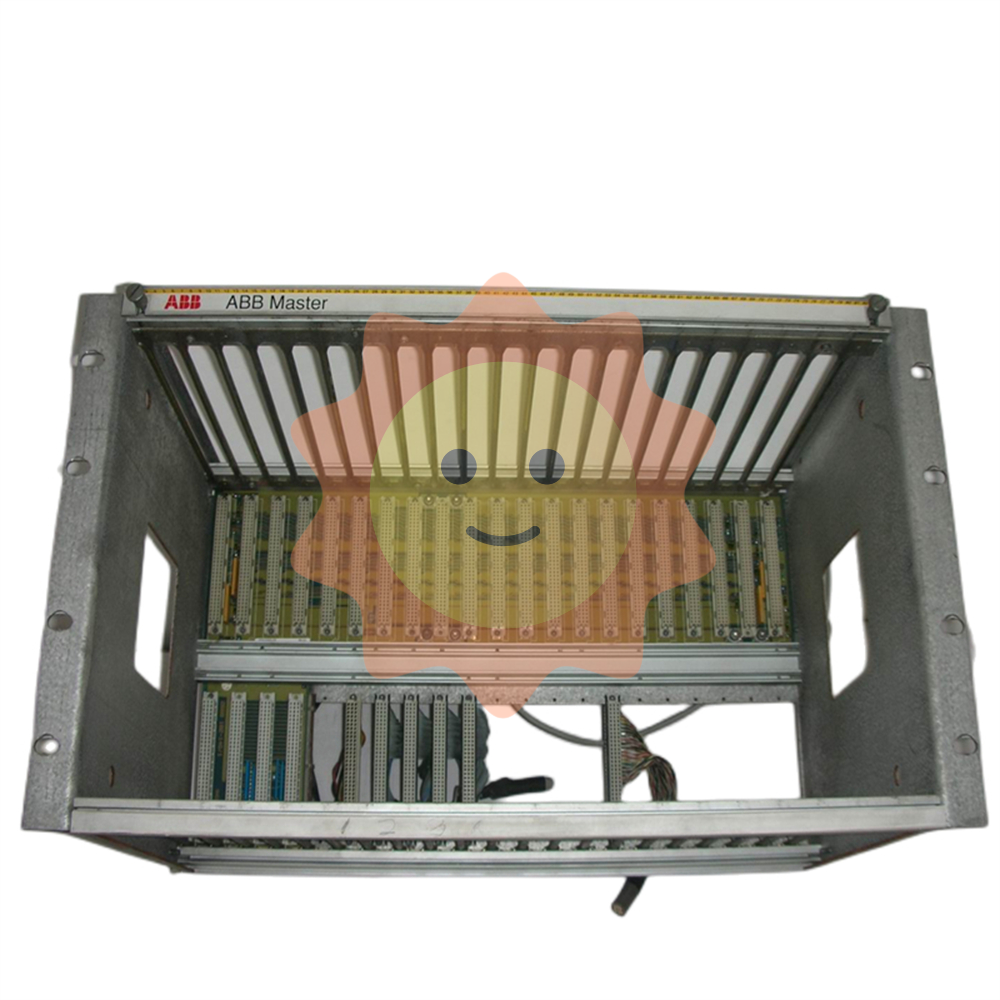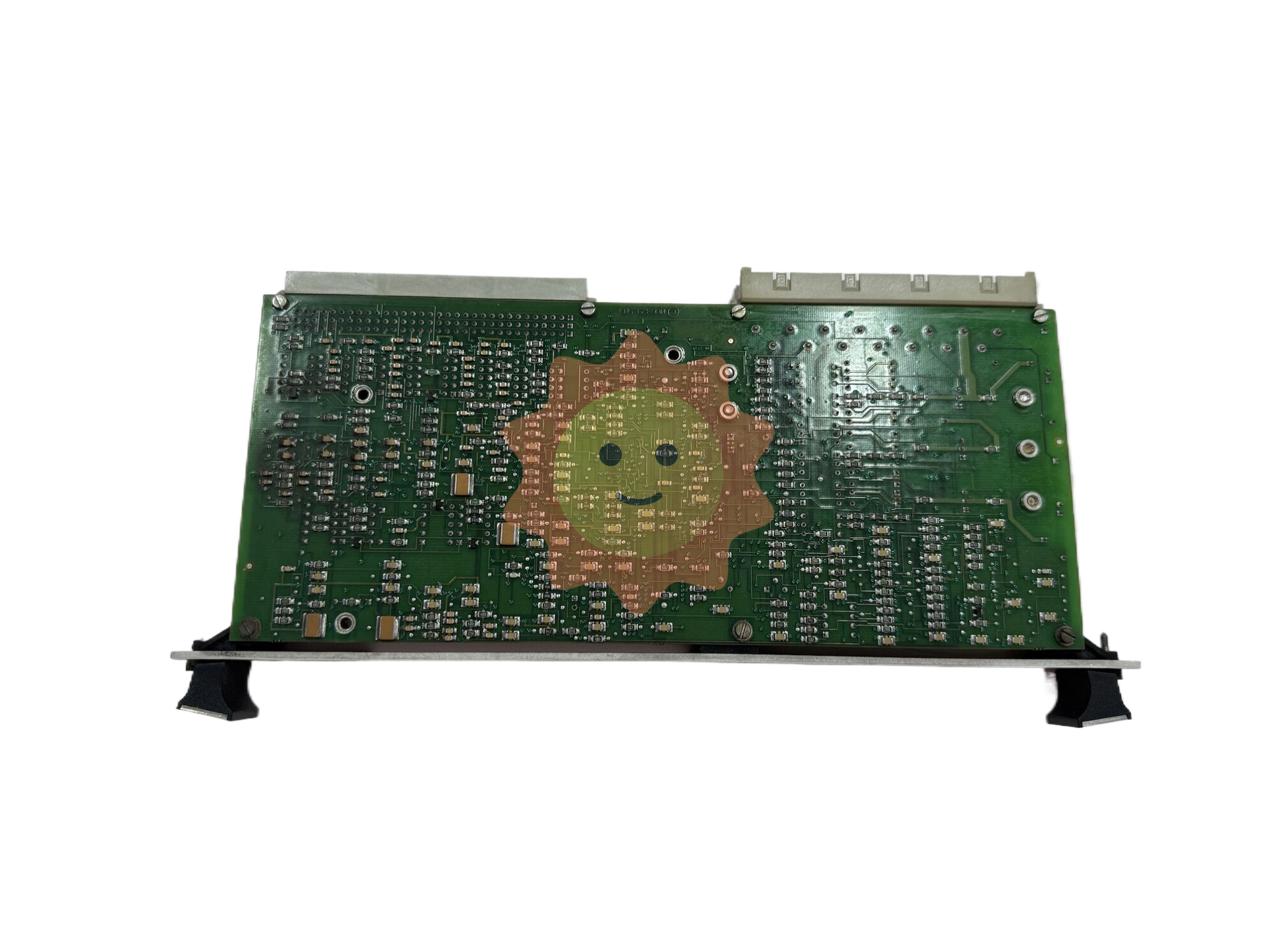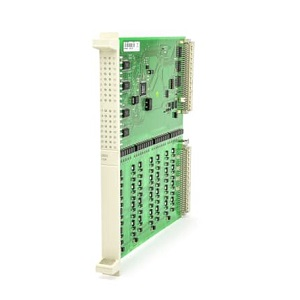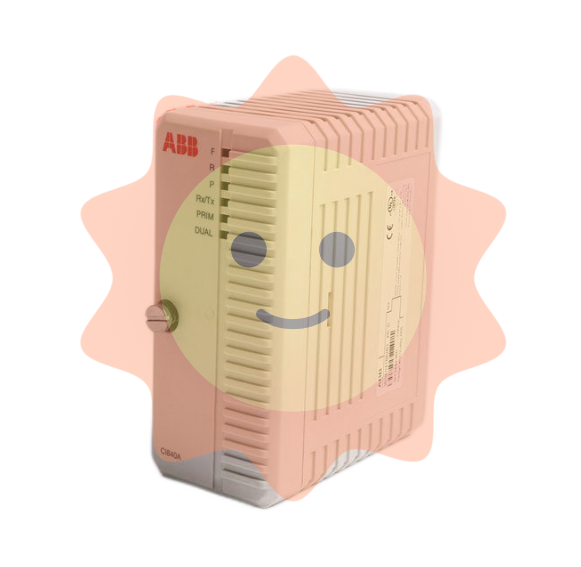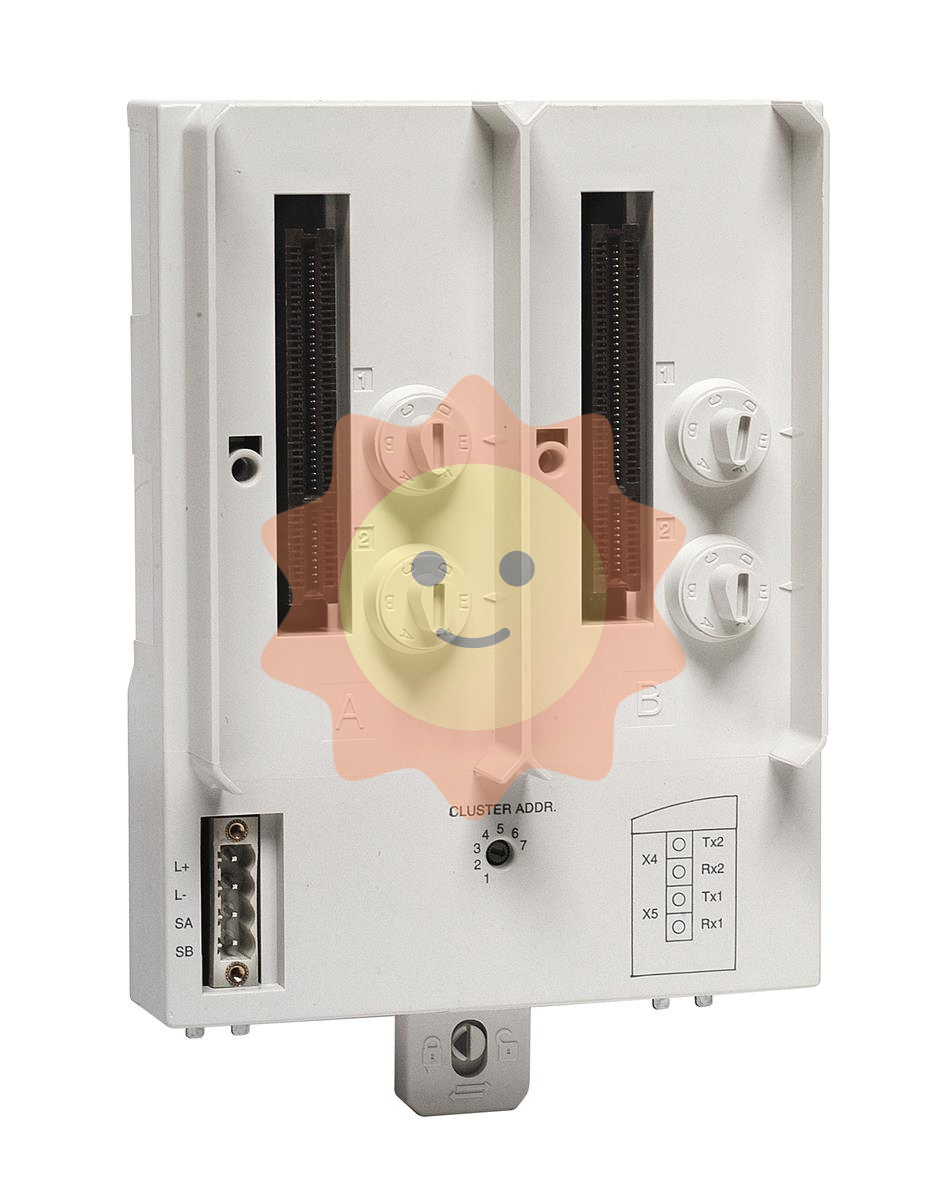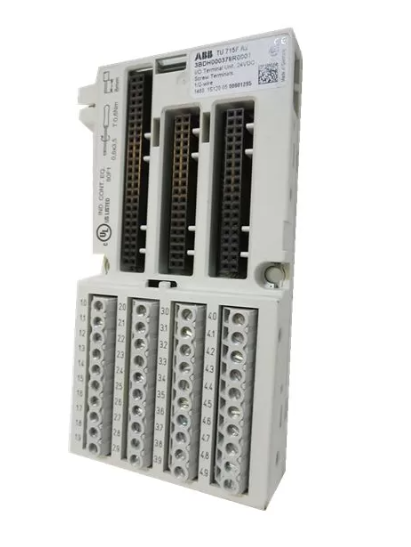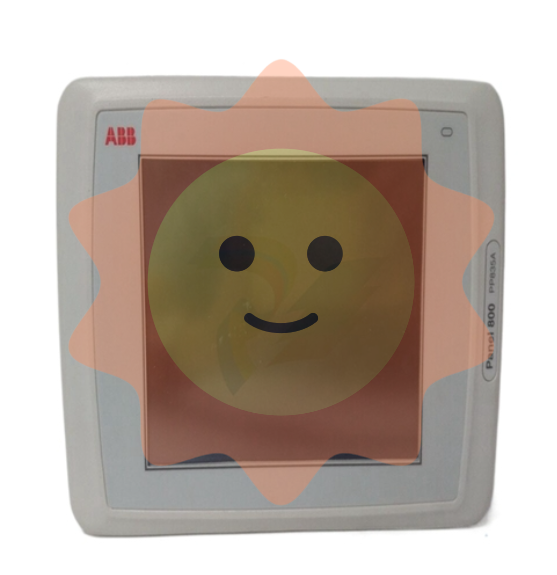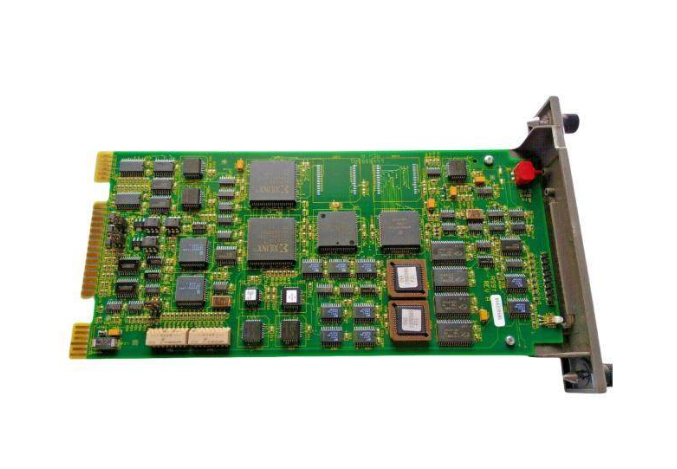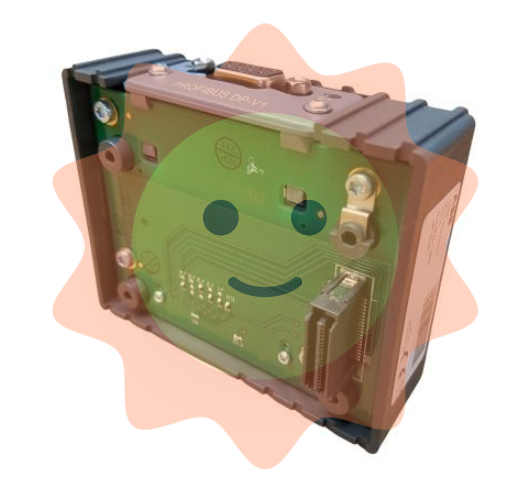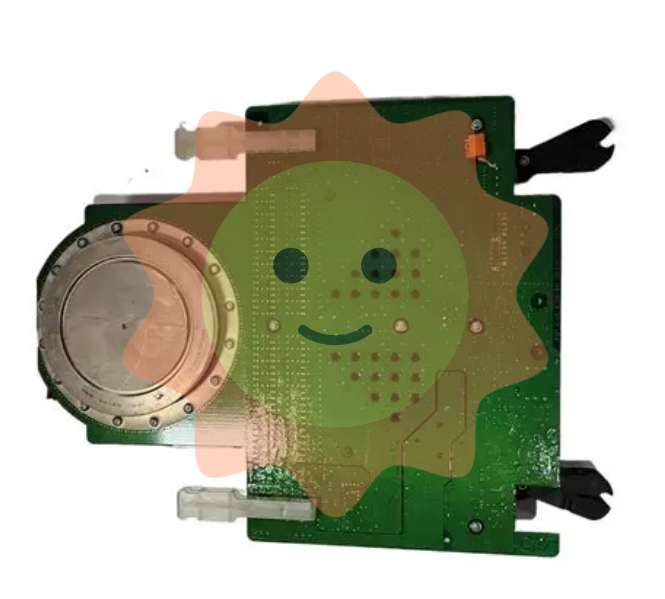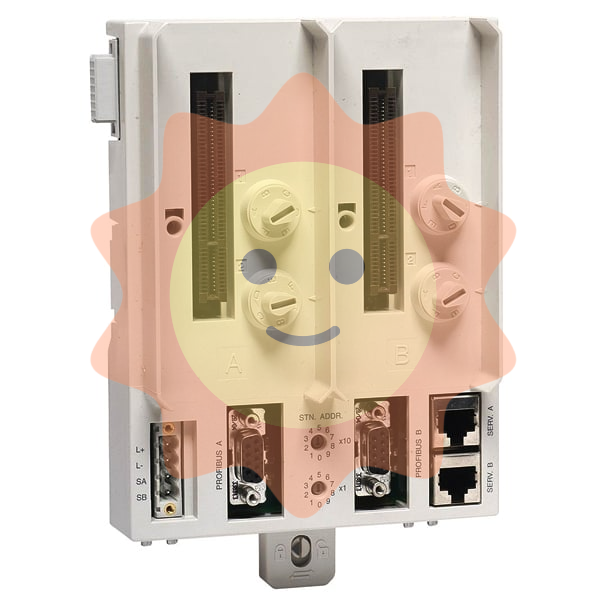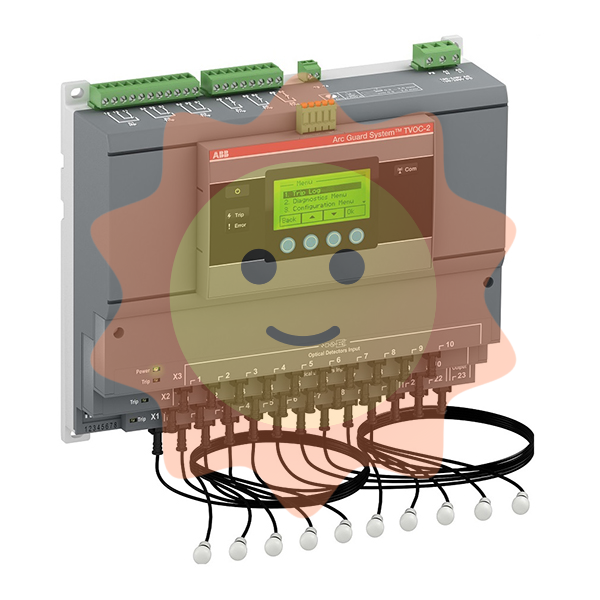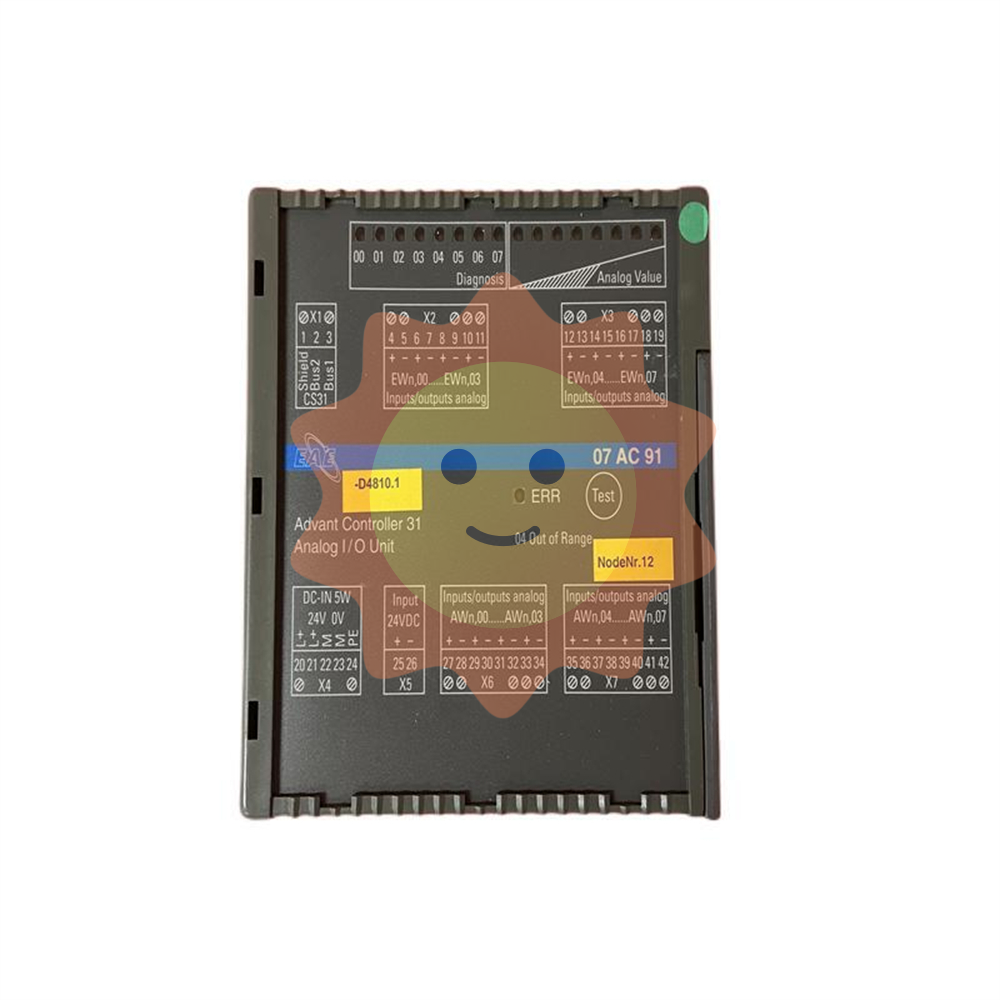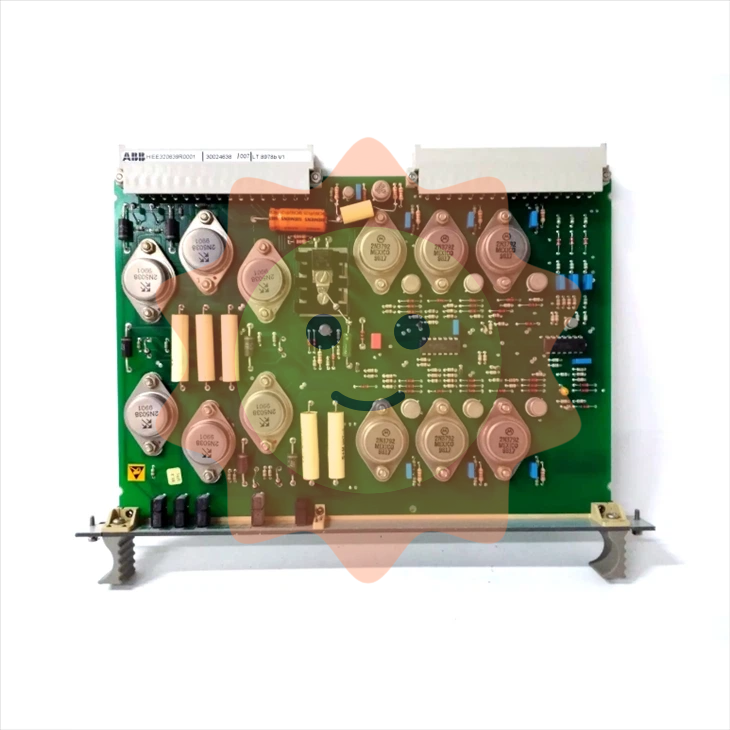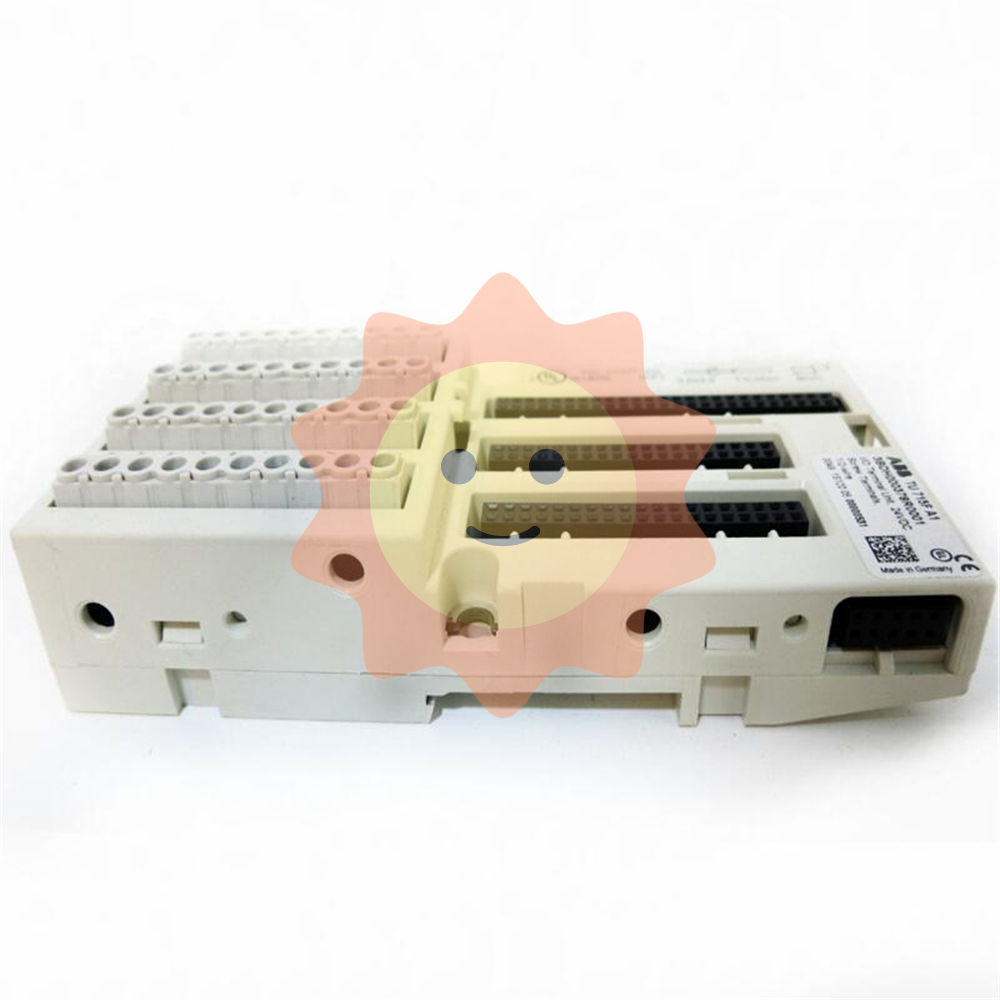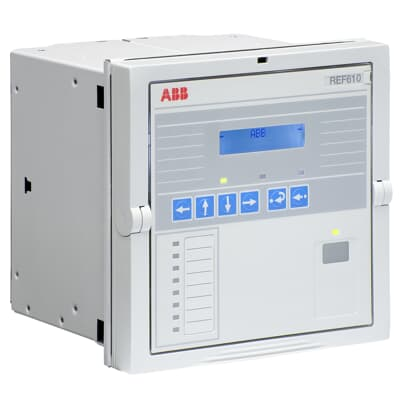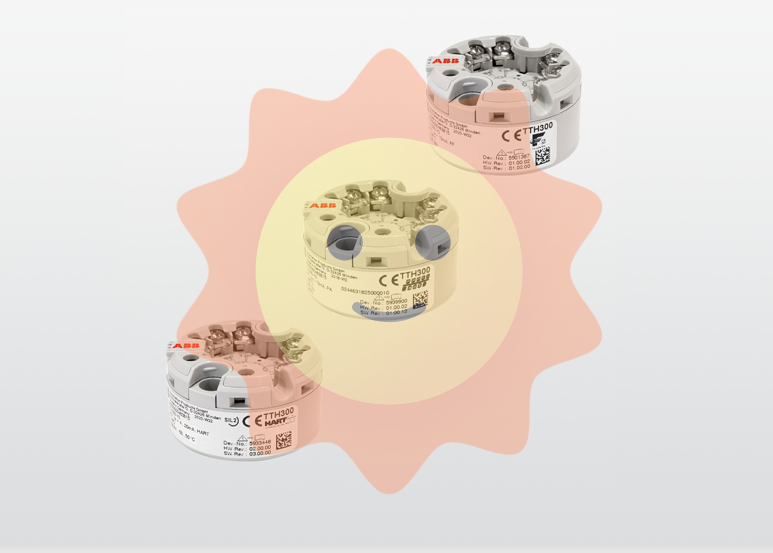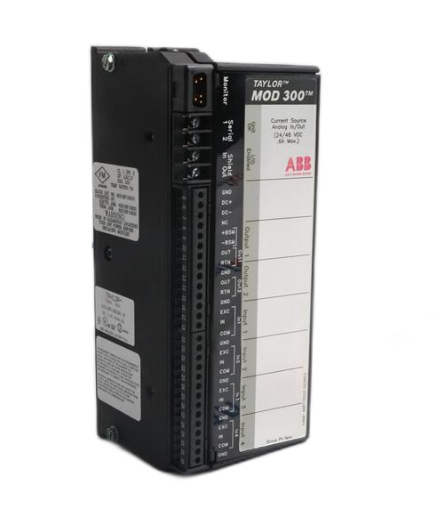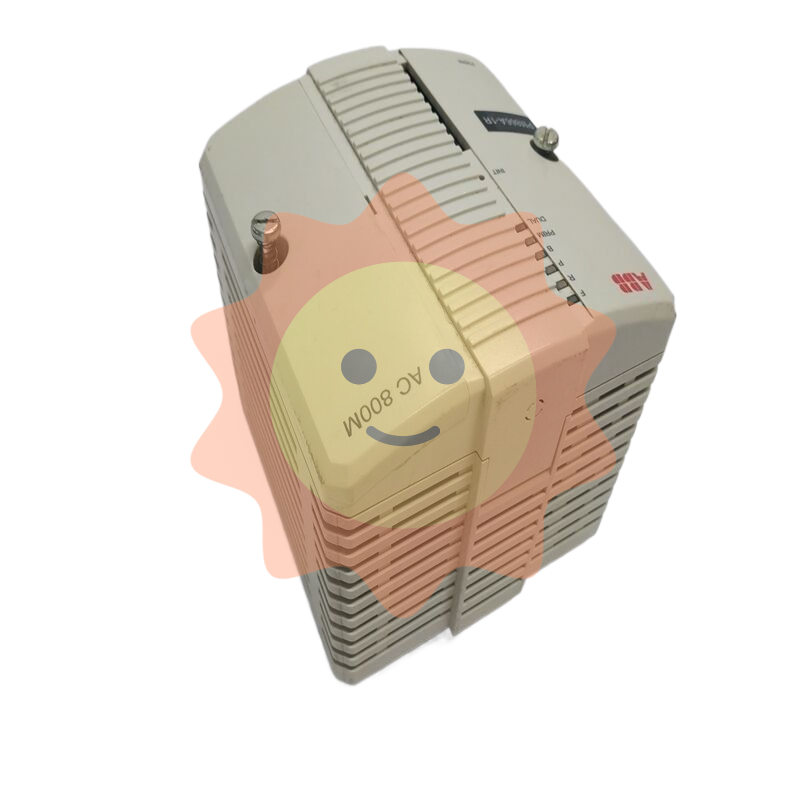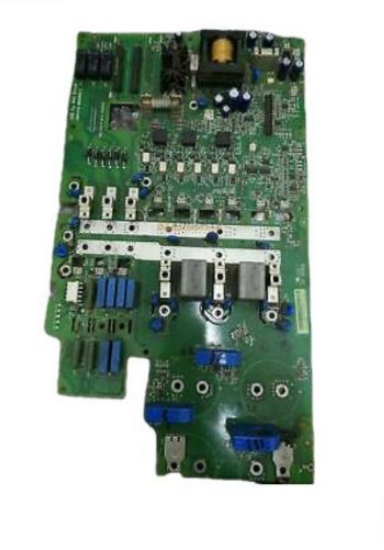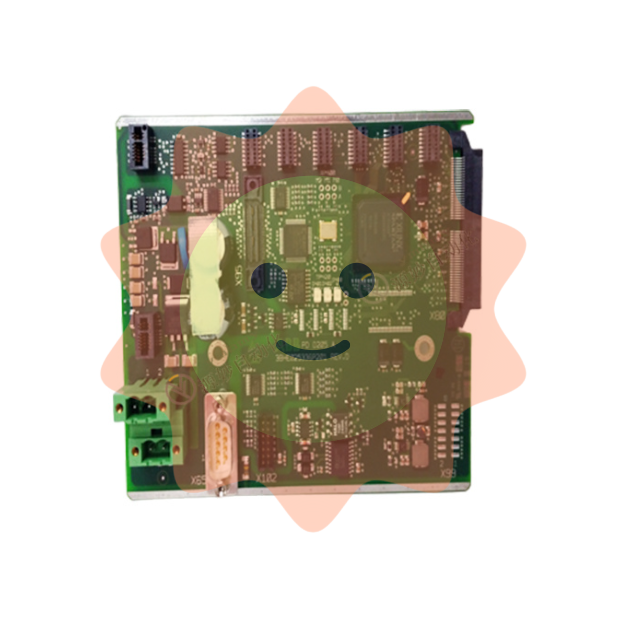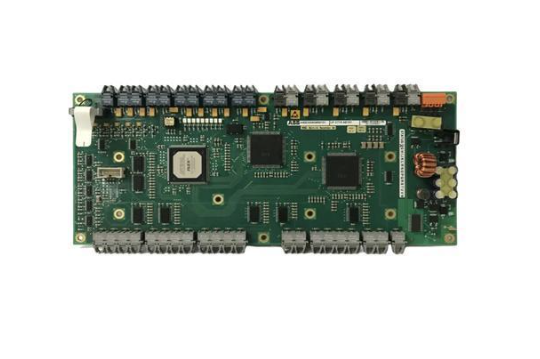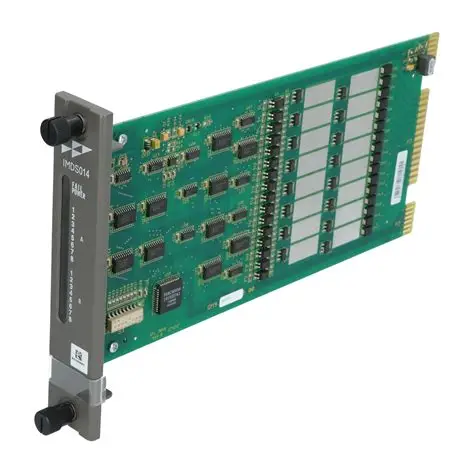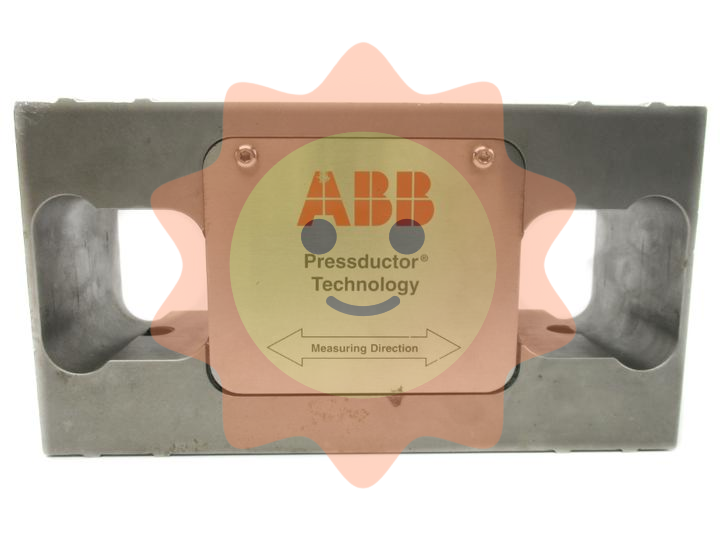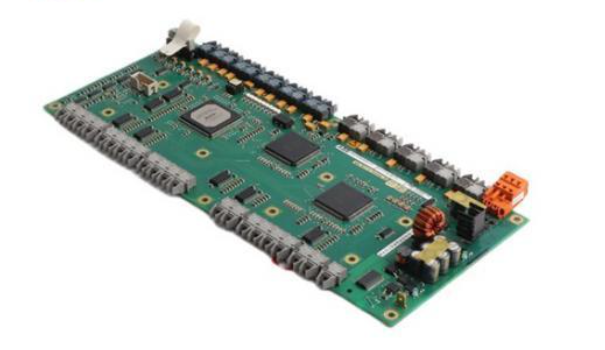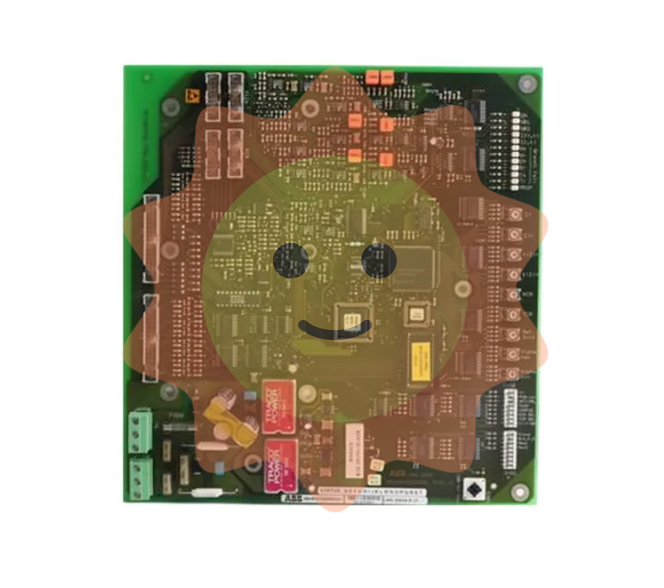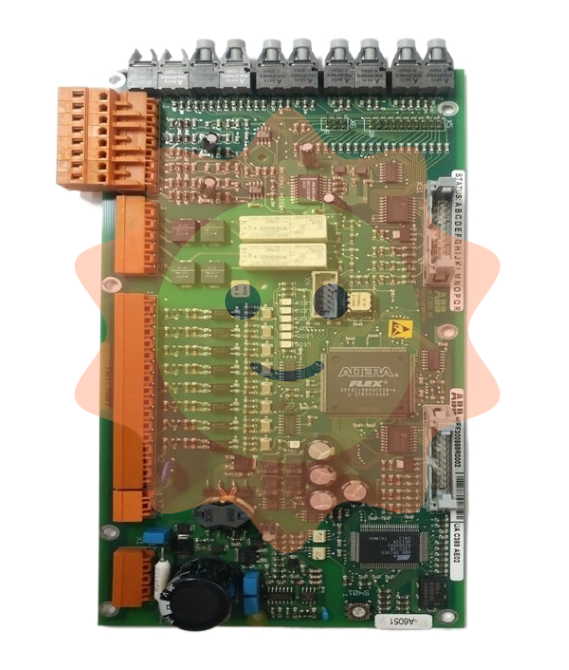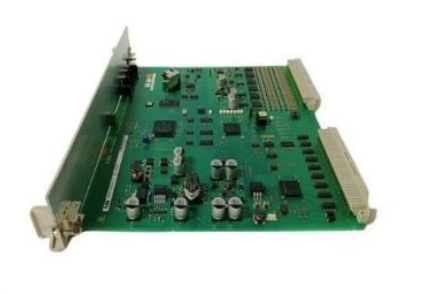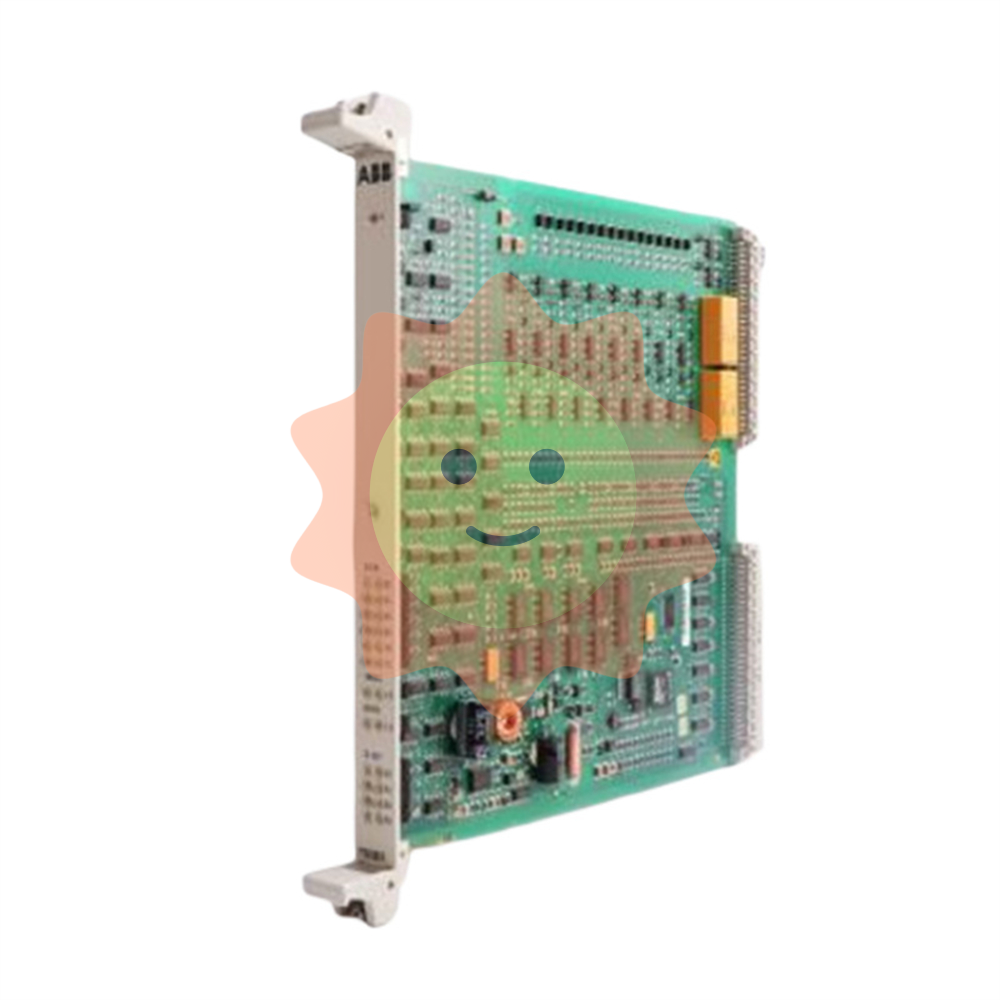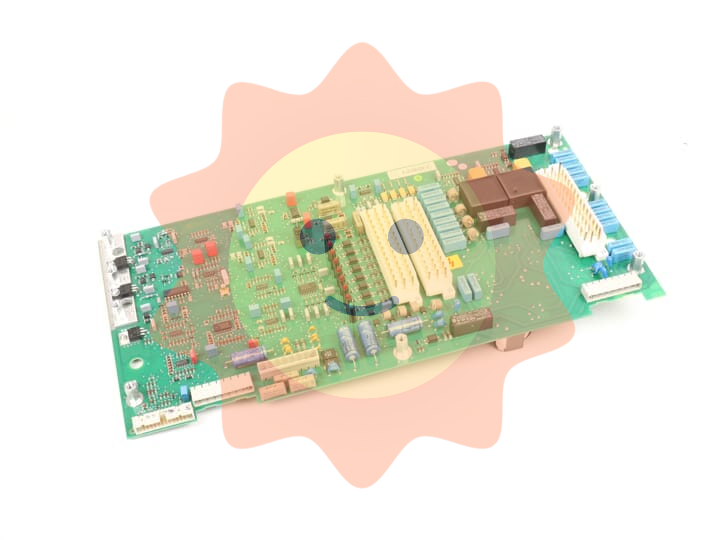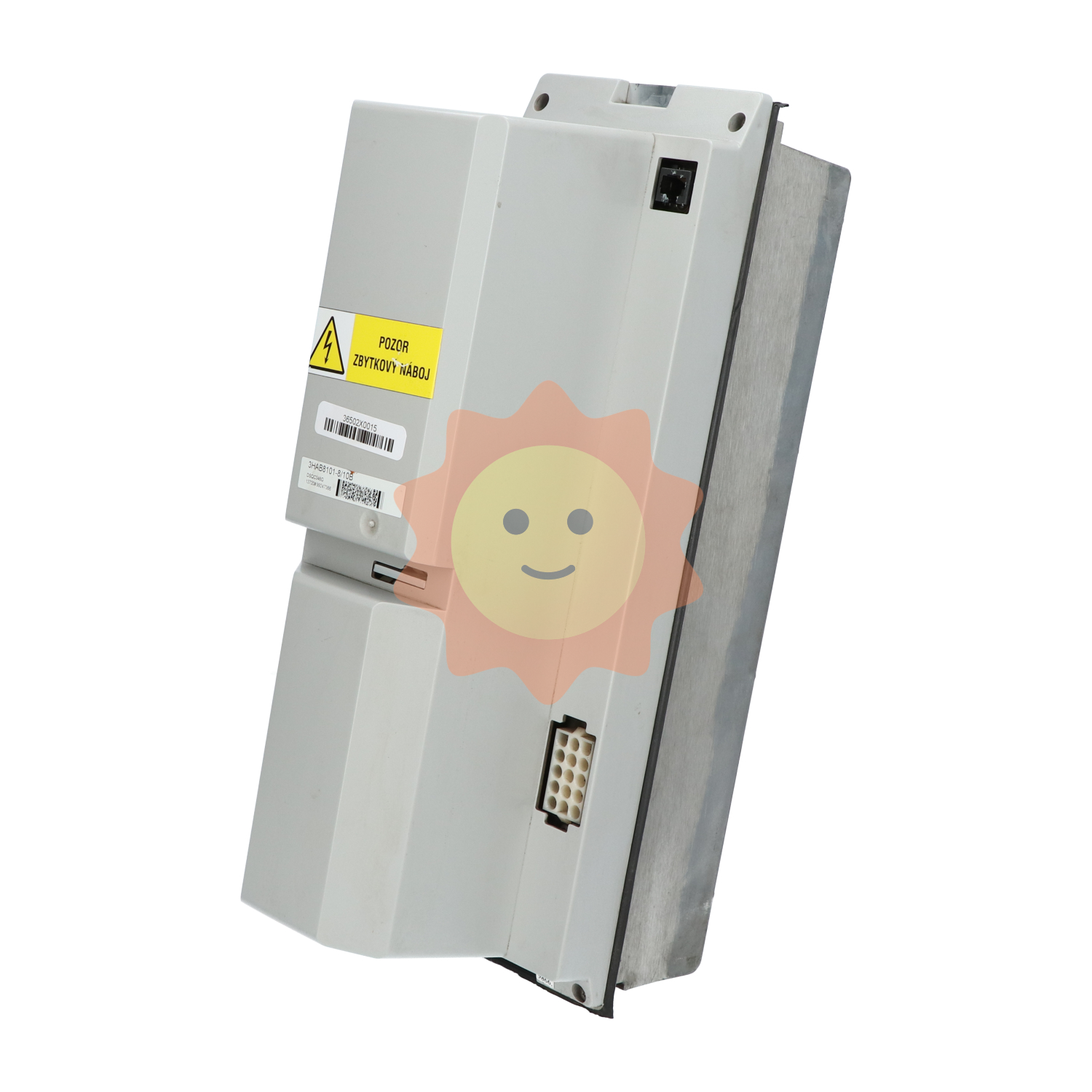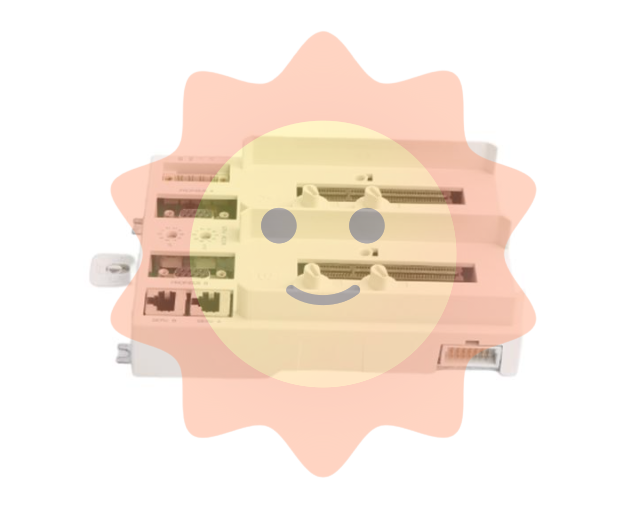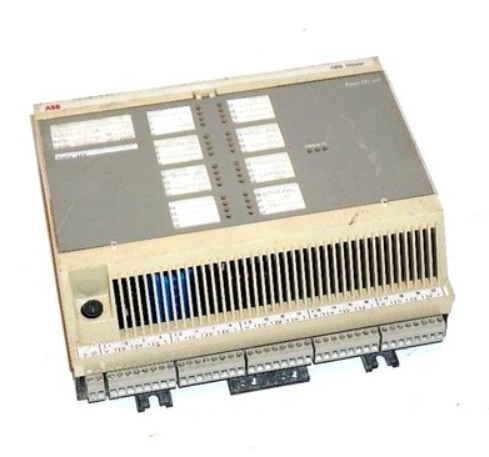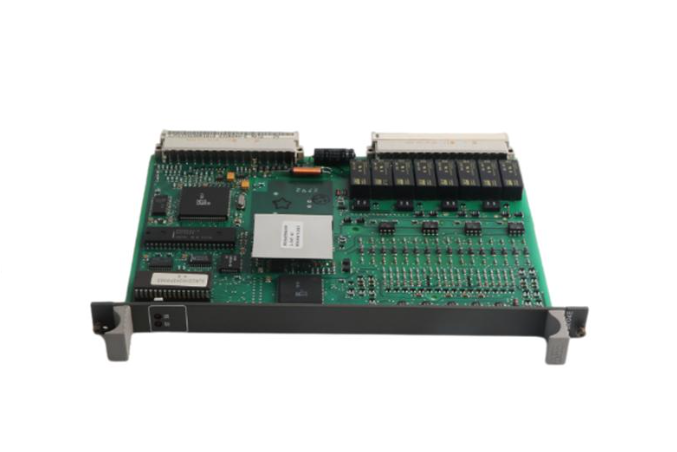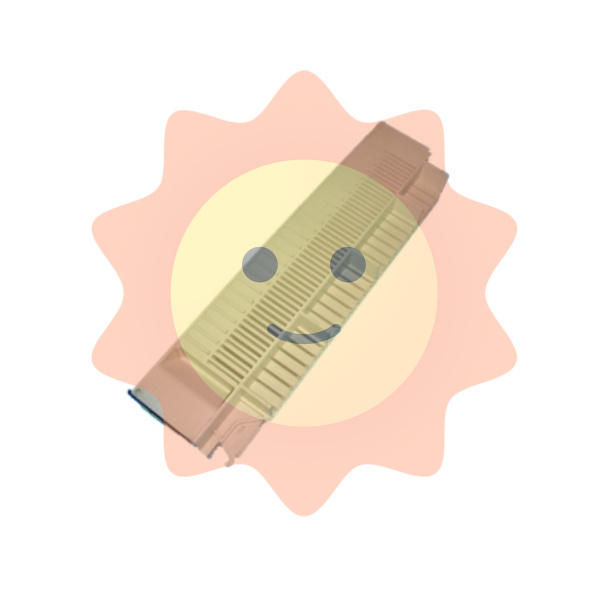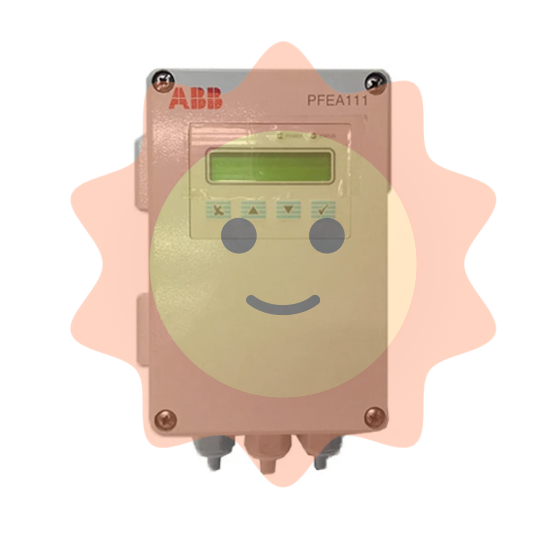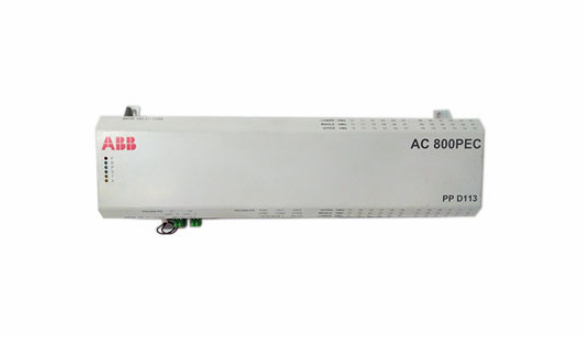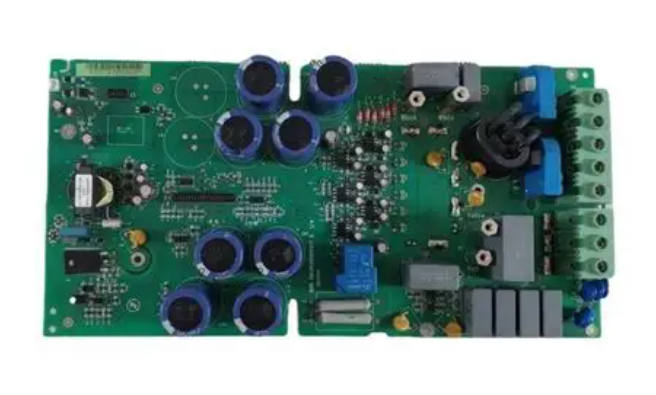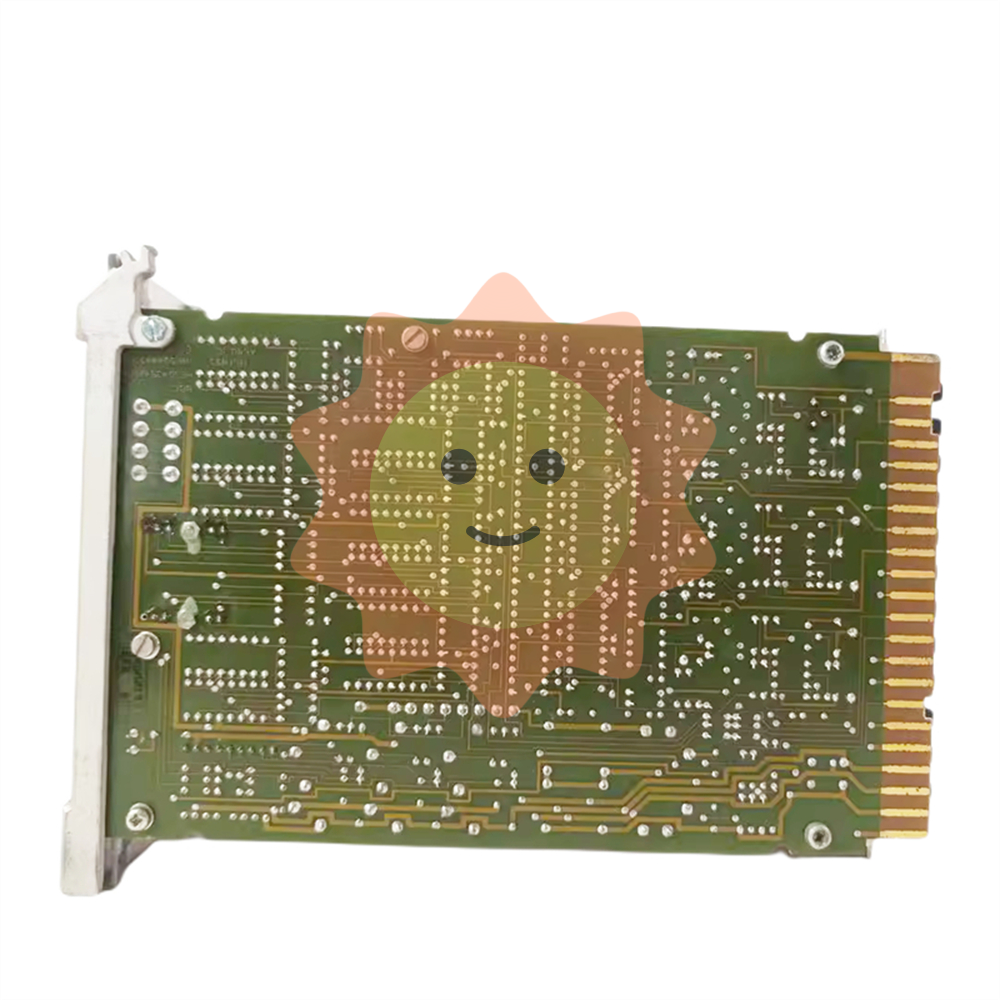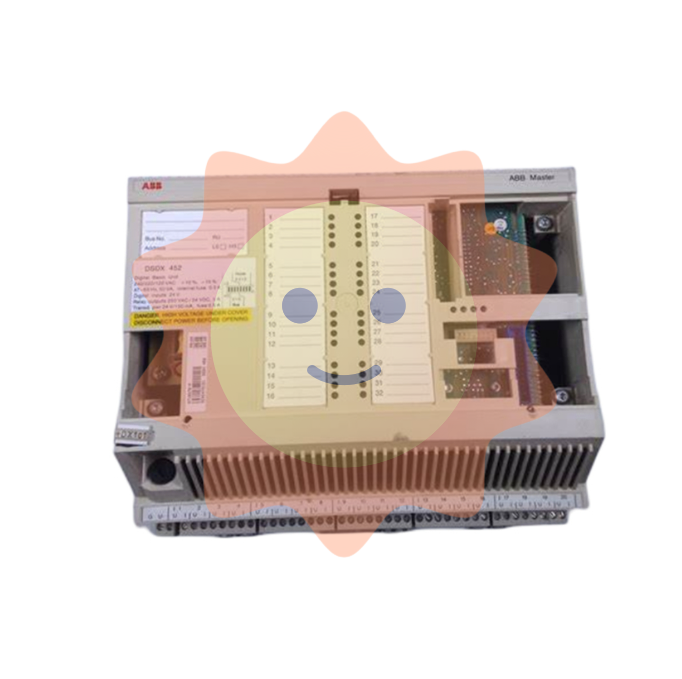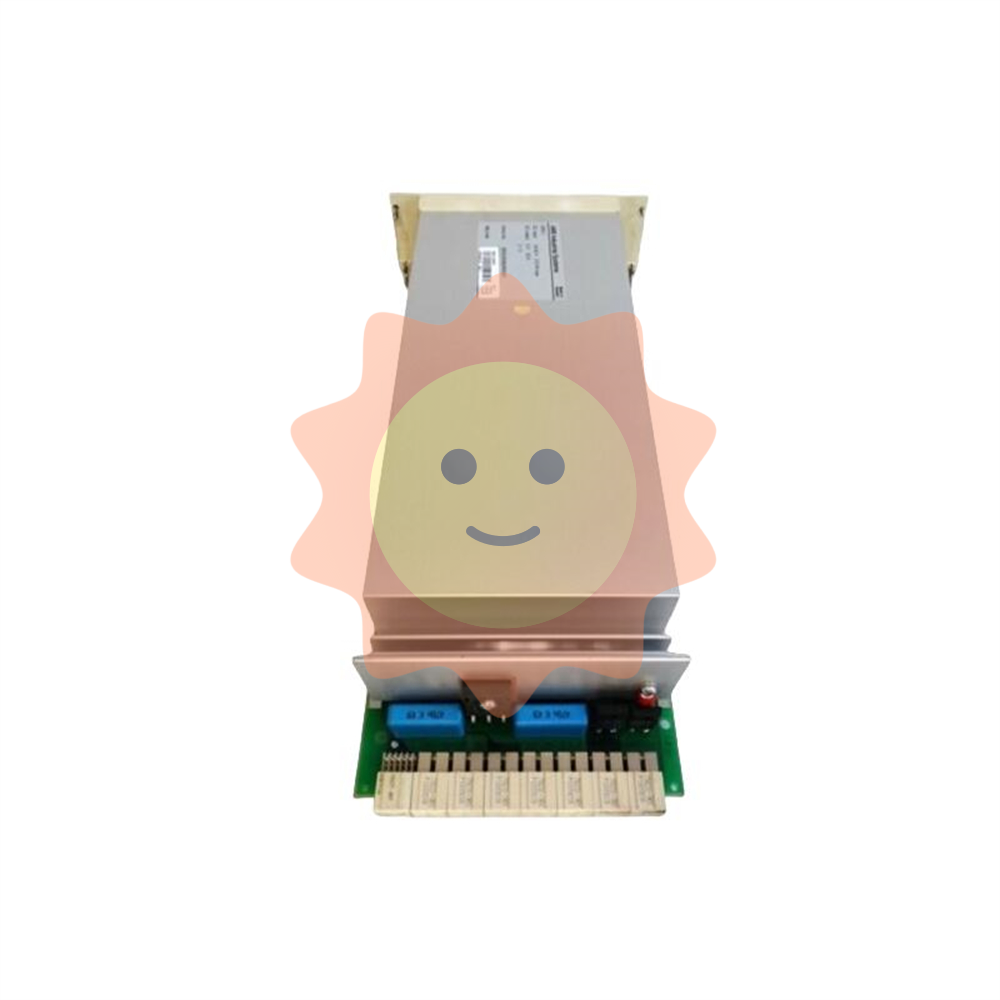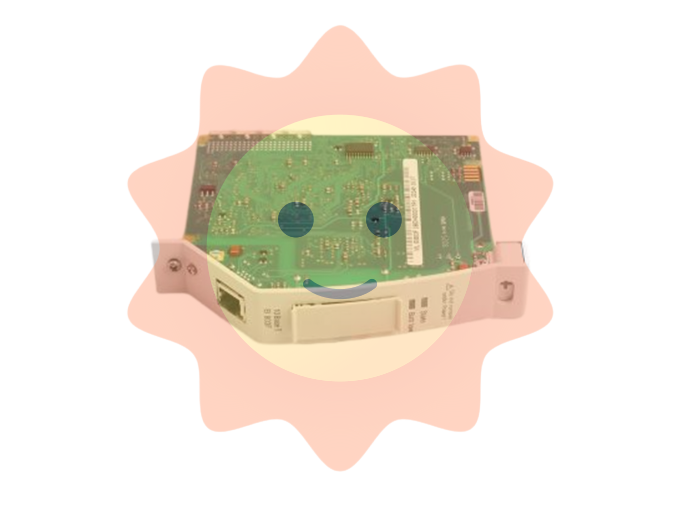A brief history of sewage treatment industry and the status quo of water pollution treatment in China
The demand for sewage treatment is accompanied by the birth of the city. After hundreds of years of changes, urban sewage treatment technology has developed from the initial primary treatment to the current tertiary treatment, from simple disinfection and precipitation to organic matter removal, nitrogen and phosphorus removal to deep treatment and reuse. Every development and progress of sewage treatment has provided an essential driving force for the development and progress of mankind. With the rapid development of China's national economy and the deepening of reform and opening up, urban productivity continues to improve, the number of urban population also continues to increase, the future of China's sewage discharge will also increase, therefore, the demand for sewage treatment will also further expand today here Xiabian specially edited a brief history of the development of China's water pollution treatment and industry status quo. China's earliest history of sewage treatment was from the 1920s, and the establishment of Shanghai North District sewage treatment plant in 1923 opened the prelude to modern Chinese sewage treatment.
The Shanghai North Sewage Treatment Plant is the first municipal sewage treatment plant in China. The plant covers 0.84 hectares and has a daily treatment capacity of 3,500 cubic meters. The tail water is discharged into Shajing Port. In the following years, the Eastern sewage Treatment Plant and the Western sewage treatment plant were built successively, with a daily treatment capacity of 17,000 cubic meters and 15,000 cubic meters, respectively, and after treatment, the tail water was discharged into the Huangpu River and Suzhou River respectively. But since then, no new sewage plants have been built in China and few drainage pipes have been built. By 1949, the total length of drainage pipes in the country was only 6034 kilometers, and rain sewage was mainly discharged by open channels or rivers.

After the founding of the People's Republic of China in 1949, China's sewage treatment industry has experienced preliminary development, mainly concentrated on the construction of dirty and bad old urban sewage collection pipes, sewage interception, urban black and smelly rivers and lakes renovation. The famous comprehensive renovation projects are Longxigou in Beijing, Chilong River and Sitong River in Tianjin, Zhaojiabin in Shanghai, Qinhuai River in Nanjing, and Huangxiao River in Wuhan. At the same time, China also built or started construction of a number of primary sewage treatment plants during this period. For example, Beijing Gaobeidian first-level sewage treatment plant, the daily treatment scale can reach 400,000 cubic meters. However, at the same time, domestic sewage treatment technology is still in a relatively preliminary stage, and more self-purification of water bodies or more primary water treatment methods are used, and sewage treatment is not taken as an important content of urban development, and there is no great development in technology, and it is still in a relatively backward situation.
The stage of sewage land use transformation began in the 1860s. Due to the further development of industry and agriculture, the concept of sewage agricultural irrigation was developed. At this time, the degree of sewage pollution was relatively low, and many water-scarce areas took sewage irrigation utilization as an experience to promote, such as the sewage irrigation area in the southeast suburbs of Beijing and the sewage irrigation area in Tianjin. In 1980, the amount of farmland irrigated with sewage directly reached 1.33 million hectares. It greatly improved the utilization efficiency of agricultural water resources in China, and effectively alleviated the problems of water shortage and sewage pollution at that time. In 1957, the then Ministry of Construction and Works and the Ministry of Agriculture and health and other departments included sewage irrigation in the national scientific research plan. In the 1960s, the relevant departments also held the "Asia, Africa and Latin America International Seminar on sewage Irrigation" in Beijing Gaobeidian Sewage Treatment Plant. In view of the risks of sewage irrigation, the National Conference on sewage Irrigation held in Shijiazhuang in 1972 put forward the policy of "active and prudent" sewage irrigation, and formulated provisional water quality standards for sewage irrigation to cope with the risks of sewage irrigation.
With the beginning of reform and opening up, China began to pay more and more attention to the development of sewage treatment industry, and in September 1979, China's first environmental law (referred to as the "Environmental Protection Law") was born, which marked that sewage treatment was officially under the management of laws and regulations. The "Environmental Protection Law" clearly stipulates several basic environmental systems in China, such as environmental impact assessment, "three simultaneous" and pollutant discharge charging system. In 1982, the "Sixth Five-Year Plan" officially designated "strengthening environmental protection and curbing the further aggravation of environmental pollution" as one of the ten basic tasks for national development. In 1984, the Standing Committee of the National People's Congress deliberated and adopted the Water Pollution Prevention and Control Law. The state's policies in the fields of environmental protection and sewage treatment are improving day by day. During this period, China's sewage treatment industry began to integrate with international standards and achieve rapid development.

Since the rapid development stage entered the 21st century, the state has comprehensively strengthened the control of water pollution. In 2002, the first urban sewage treatment plant pollutant discharge standard (GB18918) was introduced, and the implementation of the standard has effectively promoted the rapid development of domestic urban sewage treatment industry. At the same time, the state has successively listed the Huaihe River, Haihe River, Liaohe River, Taihu Lake, Chaohu Lake, Dianchi Lake (three rivers and three lakes), the Songhua River basin, the Three Gorges Reservoir area and upstream (one river and one reservoir), as well as the South-to-North water diversion water source and along the river basin as the national key water pollution control areas, and sewage treatment plants in these basins have been rapidly constructed. On the other hand, the state began to implement the "energy conservation and emission reduction" strategy during the "Eleventh Five-Year Plan" period, proposing to reduce the total chemical oxygen demand (COD) emissions by 10% at the end of the "tenth Five-Year Plan", and implement the emission reduction targets at various levels to provinces, cities and counties. In order to complete the emission reduction targets issued by the state, various places have taken measures to accelerate the construction of sewage treatment plants, and the national sewage treatment has entered a state of rapid development. By the end of 2010, a total of 2,842 urban sewage treatment plants had been built in cities and counties across the country, with a total treatment capacity of 128 million cubic meters per day. Sewage treatment plants have been built in Chengguan towns in 1,034 counties, accounting for 63.2 percent of the total number of counties, and 16 provinces (autonomous regions or municipalities directly under the Central government) have achieved the goal of "building sewage treatment plants in every county (city)." In 2010, the actual total sewage treatment capacity of the country was 34.37 billion cubic meters, with an average daily treatment capacity of 101 million cubic meters, and a load rate of 78.78%. Annual COD reduction of 9.21 million tons, BOD reduction of 3.95 million tons, ammonia nitrogen reduction of 704,000 tons, total nitrogen reduction of 576,000 tons, total phosphorus reduction of 105,000 tons, producing huge environmental benefits. During the 11th Five-Year Plan period, China's sewage treatment capacity increased at an average rate of more than 20%, creating the world's fastest construction speed of sewage treatment. Since the 18th National Congress, the construction of ecological civilization has been raised to an unprecedented political height, which has promoted the development of China's environmental policy to a new level. In order to effectively increase the prevention and control of water pollution and ensure national water security, a number of policies and regulations have been issued. In 2014, the "strictest Environmental Protection Law" was enacted. In 2015, the Standing Committee of the Political Bureau of the Central Committee deliberated and adopted the Action Plan for Water Pollution Prevention and Control, referred to as the "Water Ten"; In 2016, the Political Bureau of the CPC Central Committee deliberated and adopted the Outline of the Plan for the Development of the Yangtze River Economic Belt, making ecological protection of the Yangtze River a national strategic priority. In April 2019, the Ministry of Housing and Urban-Rural Development, the Ministry of Ecology and Environment, and the National Development and Reform Commission jointly issued the Three-year Action Plan for Improving the Quality and Efficiency of Urban Sewage Treatment (2019-2021).
1. The annual discharge of sewage has increased in recent years, the total discharge of sewage in China has continued to grow. In 2014, China's annual discharge of urban sewage was 44.534 billion square meters, which increased to 52.12 billion square meters in 2018.
2, "Increase in the number of sewage treatment plants At present, after the discharge of industrial wastewater in China, it basically enters the urban sewage pipeline and is treated in the urban sewage treatment plant. According to the 2018 Statistical Yearbook of Urban Construction, the number of sewage treatment plants in 2014 was 1,807, the number of sewage treatment plants exceeded 2,000 in 2016, and the number of sewage treatment plants further increased to 2,321 in 2018.

3, sewage treatment plant treatment capacity to improve the "12th Five-Year" since, China clearly energy conservation and environmental protection industry as a strategic emerging industry, the government has intensively introduced various environmental protection policies (such as "water ten"), China's sewage treatment scale has a certain scale, water pollution treatment capacity effect is significant. China's sewage treatment capacity has been strengthened continuously. In 2014, the treatment capacity of China's sewage treatment plants was 130.87 million cubic meters/day, and in 2018, the treatment capacity was increased to 168.81 million cubic meters/day. In 2014, the annual sewage treatment capacity was 40.162 billion cubic meters, and in 2018, it approached 50 billion cubic meters. At present, China's water treatment has formed a complete industrial chain, formed a mature sewage treatment process, and the sewage treatment rate continues to improve. The sewage treatment rate reached 90.18% in 2014 and 95.49% in 2018. With the progress of sewage treatment technology, it is expected that China's sewage treatment rate will be further improved.
5, China's sewage treatment regional development imbalance Due to China's eastern coastal and other economically developed areas, the local government's financial strength is relatively strong, the people's income level is high, the demand for environmental protection and clean environment is greater. Economically developed areas have strong population agglomeration function, relatively dense population and higher urbanization level, and are more suitable for the construction and operation of large-scale sewage treatment facilities. Therefore, the construction of sewage treatment facilities in economically developed areas such as the east coast of China is relatively perfect, and the sewage treatment industry develops relatively fast. In the economically backward areas of the central and western regions, the construction of sewage treatment facilities is still very backward due to the limited comprehensive financial strength and the relatively dispersed population. 1, the potential of the smart water market needs to be released. Smart water will analyze and process massive water information in a timely manner, and make corresponding treatment results to assist decision-making suggestions, and manage the entire production, management and service process of the water system in a more refined and dynamic way, so as to achieve a "smart" state. With the continuous integration of new technologies such as the Internet of Things, big data, cloud computing and mobile Internet into all aspects of the traditional industry, and the continuous integration of emerging technologies and intelligent industries, the development of the smart water industry has obvious prospects. 2, rural sewage treatment into a blue ocean Due to the restrictions of rural economic conditions and the lack of environmental protection awareness of residents, many villages lack a perfect sewage collection system, direct discharge phenomenon is common. At the same time, the treatment of sewage waste in administrative villages is relatively slow, and environmental infrastructure such as sewage waste lags behind seriously compared with cities and counties. Therefore, the urban sewage treatment market has become saturated, and the village sewage treatment market presents a blue ocean. It is estimated that by 2020, the remaining market space for rural water environment governance will exceed 129.8 billion, and the long-term market will be as high as one trillion volume. 3, sewage resources to bring new opportunities "Urban domestic sewage treatment facilities to strengthen the weak points of the implementation plan" proposed water shortage areas, water environment sensitive areas, in combination with water resources endowments, water environmental protection objectives and technical and economic conditions, to carry out upgrading of sewage treatment plants, actively promote the utilization of sewage resources, promote recycled water for municipal utility, industrial water and ecological water replenishment. As of 2018, the national production capacity of recycled water was 35.78 million cubic meters per day, with a utilization rate of 15.98%, which is a big gap from the target of 20% in 2020 and 22% in 2022 in the National Water-Saving Action Plan. If the utilization rate of recycled water reaches 25% in 2025, it is expected to increase by 50.23 million cubic meters/day during the "14th Five-Year Plan" period, and the new investment in recycled water is about 52.8 billion to 89.1 billion.
- EMERSON
- Honeywell
- CTI
- Rolls-Royce
- General Electric
- Woodward
- Yaskawa
- xYCOM
- Motorola
- Siemens
- Rockwell
- ABB
- B&R
- HIMA
- Construction site
- electricity
- Automobile market
- PLC
- DCS
- Motor drivers
- VSD
- Implications
- cement
- CO2
- CEM
- methane
- Artificial intelligence
- Titanic
- Solar energy
- Hydrogen fuel cell
- Hydrogen and fuel cells
- Hydrogen and oxygen fuel cells
- tyre
- Chemical fiber
- dynamo
- corpuscle
- Pulp and paper
- printing
- fossil
- FANUC
- Food and beverage
- Life science
- Sewage treatment
- Personal care
- electricity
- boats
- infrastructure
- Automobile industry
- metallurgy
- Nuclear power generation
- Geothermal power generation
- Water and wastewater
- Infrastructure construction
- Mine hazard
- steel
- papermaking
- Natural gas industry
- Infrastructure construction
- Power and energy
- Rubber and plastic
- Renewable energy
- pharmacy
- mining
- Plastic industry
- Schneider
- Kongsberg
- NI
- Wind energy
- International petroleum
- International new energy network
- gas
- WATLOW
- ProSoft
- SEW
- wind
- ADVANCED
- Reliance
- YOKOGAWA
- TRICONEX
- FOXBORO
- METSO
- MAN
- Advantest
- ADVANCED
- ALSTOM
- Control Wave
- AB
- AMAT
- STUDER
- KONGSBERG
- MOTOROLA
- DANAHER MOTION
- Bently
- Galil
- EATON
- MOLEX
- Triconex
- DEIF
- B&W
- ZYGO
- Aerotech
- DANFOSS
- KOLLMORGEN
- Beijer
- Endress+Hauser
- MOOG
- KB
- Moxa
- Rexroth


Email:wang@kongjiangauto.com

